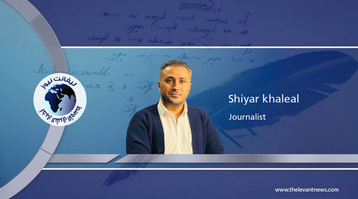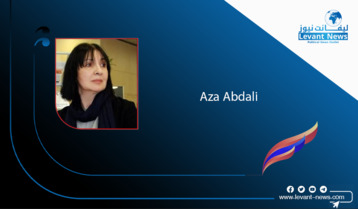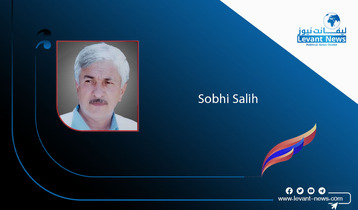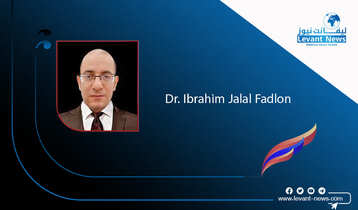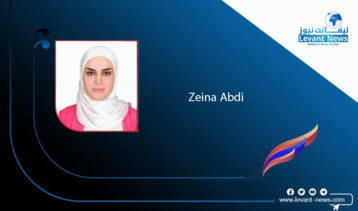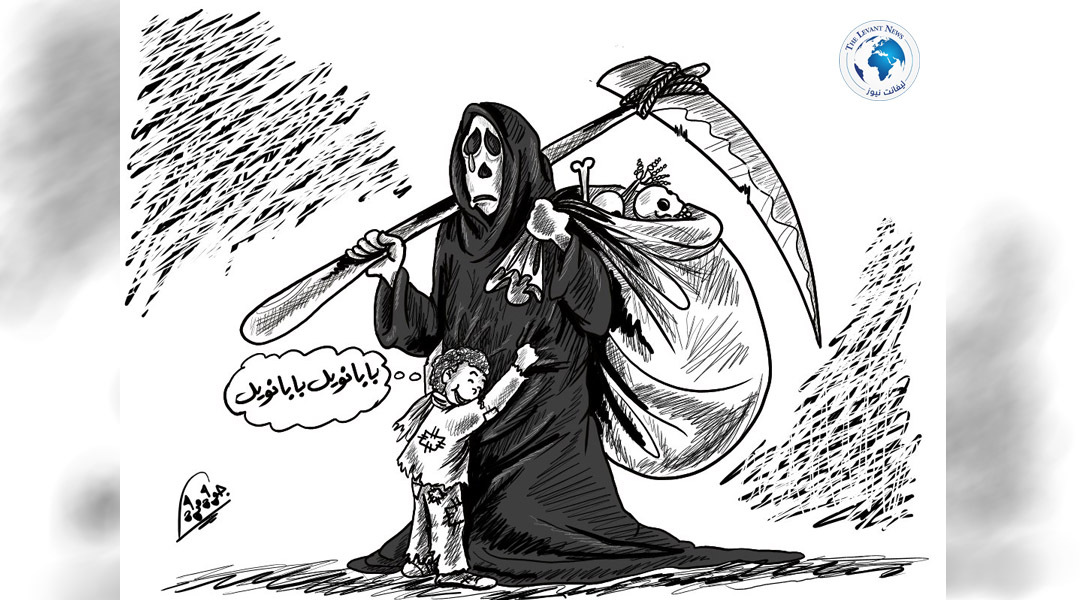-
The Phenomenon of al-Joulani or al-Sharia in Syria: Between Jihadist Attraction and Civil Activity Crisis
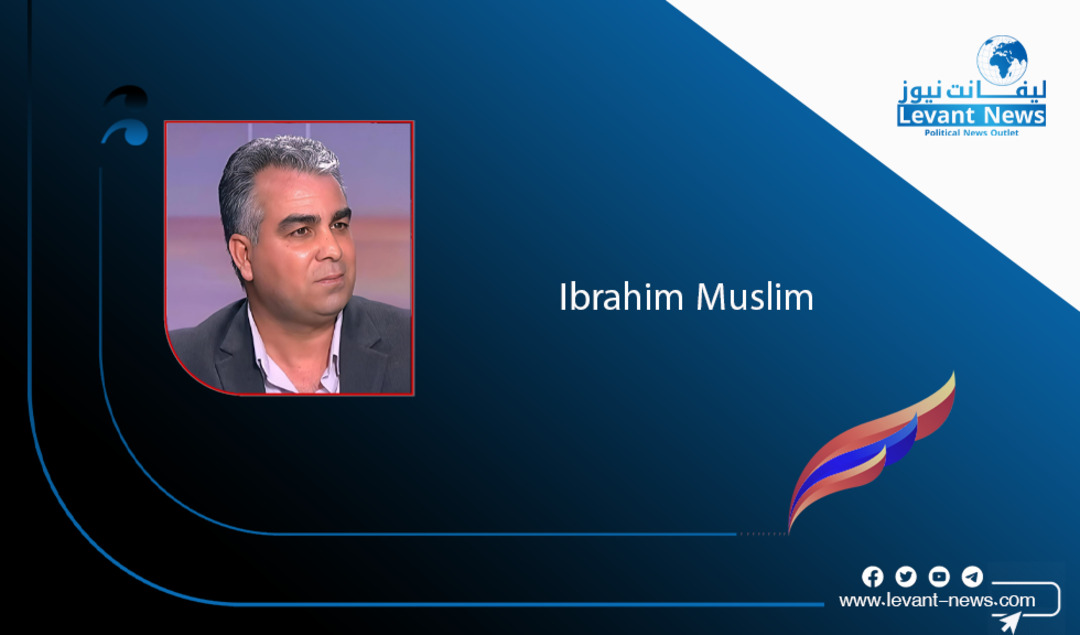
For over a decade, the Syrian scene has witnessed the emergence of figures like Abu Muhammad al-Joulani or al-Sharia, who have become symbols within the jihadist current. Their trajectory is not only Syrian but echoes across the Arab world, embodying, for some youth, a plausible alternative in the face of the failure of political elites and human rights defenders.
For decades, generations of Arab activists dedicated their lives to defending rights and freedoms, often at the cost of long years in prison, persecution, or exile. However, their struggles have not resulted in any tangible structural progress. In the eyes of many young people, traditional activism has lost its symbolic strength: it is seen as ineffective and incapable of forcing entrenched authoritarian regimes to retreat.
Conversely, jihadist movements have exploited this void. Their discourse, centered on religious identity and immediate resistance, appears more direct and capable of mobilization. By adopting modern communication symbols and occupying the digital space, these movements have succeeded in constructing an image of power and effectiveness, contrasting with the fragile image linked to human rights defense.
This ability to appear as «actors on the ground» – armed, visible, active – has increased their appeal among some youth seeking roles and recognition.
What is most worrying is that this dynamic transcends the marginal boundaries. In some Arab circles, and even within certain international circles, jihadist groups are now seen as influential political actors that cannot be ignored. Consequently, the image of the «fighter» replaces that of the «human rights activist,» despite the latter’s peaceful and global project.
These developments are not without risks. The growing acceptance of these groups may reinforce a culture of violence at the expense of peaceful struggle. It also puts the international community in a difficult position—caught between the need to combat terrorism and the pragmatic temptation to integrate some of these actors into geopolitical calculations. Lastly, it marginalizes civil activists, reducing the chances of rebuilding a sustainable democratic project in the region.
The phenomena of al-Joulani and al-Sharia go far beyond the Syrian context: they reveal a deeper division in the Arab world between two models of struggle—one armed, performative, appealing to frustrated youth; the other civil, patient, but weak due to decades of repression and evident ineffectiveness.
The real challenge for the future will be to rehabilitate the second model, giving it credibility and efficacy capable of competing with the logic of violence.
Ibrahim Muslim, Academic and Researcher
You May Also Like
Popular Posts
Caricature
opinion
Report
ads
Newsletter
Subscribe to our mailing list to get the new updates!

